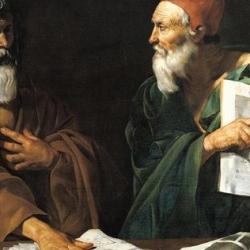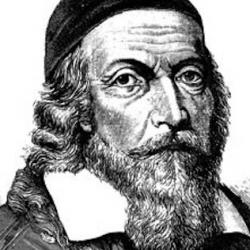In his classic study of romanticism and literary theory, The Mirror and the Lamp , MH Abrams points out the crucial change in images of the mind – from the mind as a “mirror” of outside reality to the mind as a “lamp” or a “fountain” that determines what it knows. In England, this shift was the work not of philosophers but of poets: “The Copernican revolution in epistemology – if we do not restrict this to Kant’s specific doctrine that the mind imposes the forms of time, space, and the categories on the ‘sensuous manifold,’ but apply it to the general concept that the perceiving mind discovers what it has itself partly made – was effected in England by poets and critics before it manifested itself in academic philosophy. Thus generally defined, the revolution was a revolution by reaction. In their early poetic expositions of the mind fashioning its own experience, for example, Coleridge and Wordsworth do not employ Kant’s abstract formulae. They revert, instead, to metaphors of mind which had largely fallen into disuse in the eighteenth century, but had earlier been current in seventeenth-century philosophers outside of, or specifically opposed to, the sensational tradition of Hobbes and Locke.”
Abrams specifically mentions the Plontinian image of the mind as a fountain that was employed by the Cambridge Platonists before being picked up by Coleridge: “In these writers, the familiar figure of the spirit of man as a candle of the Lord easily lent itself to envisioning the act of perception as that little candle throwing its beams into the eternal world.” According to Nathanael Culverwel, for instance, the spirit of man was “the Candle of the Lord,” since the Lord was “the fountain of Light,” and has furnished the world with “Intellectual lamps, that should shine forth to the praise and honour of his Name.” Further: “This makes the Platonists look upon the Spirit of Man as the Candle of the Lord for illuminating and irradiating of objects, and darting more light upon them, than it receives from them.”
Similarly Wordsworth: “Throughout, objects . . . derive their influence not from what they are actually in themselves, but from such as are bestowed upon them by the minds of those who are conversant with or affected by thos eobjects.” Or this from Coleridge: “Images, however beautiful, though faithfully copied from nature, and as accurately represented in words, do not of themselves characterize the poet. They become proofs of original genius only insofar as they are modified by a predominant passion; or by associated thoughts or images awakened by that passion . . . or lastly, when a human and intellectual life is transferred to them from the poet’s own spirit.”














